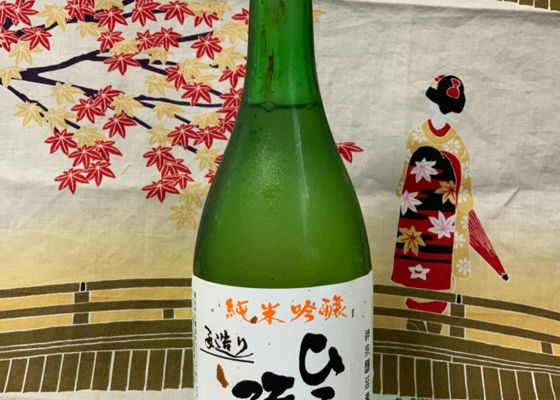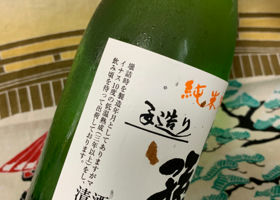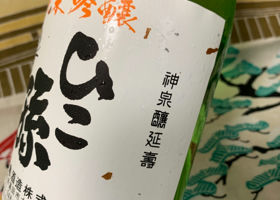


武侯祠
Saitama Local Sake Series. Following the birdsong of Hikoson in the last issue, Hikoson again. Hikoson" seems to mean great-grandchildren. Is it a difference in the way of saying it? It has been 7 years since this sake was made. This sake is aged for a long time at a low temperature of -10 degrees Celsius.
The aroma is gentle. The alcohol taste is strong at first, but as you drink more, the rice taste comes forward and the overall core of the sake flavor becomes thicker. When you notice it, it is dry and tingling on the tongue, which is very pleasant.
The yeast used is Association No. 9, which produces more succinic acid and lactic acid than citric acid during fermentation, which when combined with the natural amino acids and glutamic acid in the food, creates a marriage.
Also, because of the long fermentation period, a slight glycerol fermentation occurs, which gives the wine a dry but elegant sweetness and a delicious and smooth taste. I was convinced when I drank it. It is expensive, so it is not easy to buy, but I thought it is a sake I would like to have a good relationship with.
We had a taste of the history of the company founded in 1848.
Japanese>English
武侯祠
On the second day, the pleasant aroma, consistent flavor, and taste is as good as on the first day. I think this sake should be more popular. I will buy it when I see it. Next time, let's try a junmai sake that is not Hikomago and is not aged.
Japanese>English